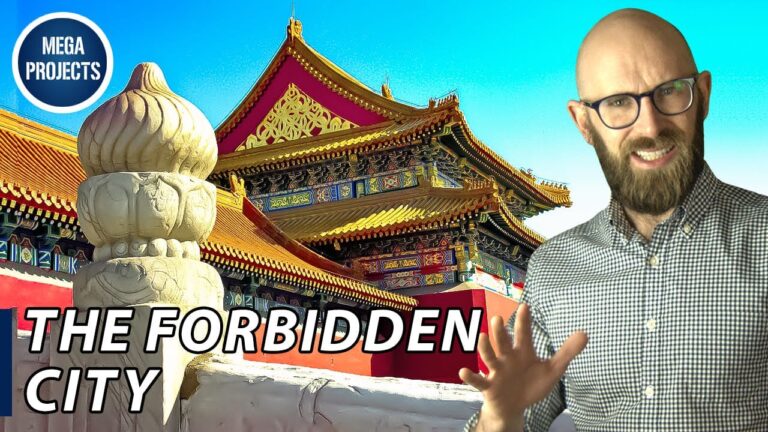The Imperial Palace Gugong, also known as the Forbidden City, is a grand palace complex located in the heart of Beijing, China. It was the former imperial residence of the Ming and Qing Dynasties and is now a UNESCO World Heritage Site. The Palace covers an area of 720,000 square meters and has 9,999 rooms. It is the largest palace complex in the world and one of the most visited tourist attractions in Beijing.
History
The Imperial Palace Gugong was first constructed in 1406, during the Ming Dynasty. It was built to serve as the imperial palace of the Ming and Qing Dynasties and was home to 24 emperors and their families. The palace was originally designed to symbolize the power and grandeur of the Chinese imperial court. The complex was also designed to be a self-contained city, with its own schools, markets, and places of worship.
The palace complex underwent numerous renovations and expansions over the centuries, including the addition of two large gardens, the Hall of Supreme Harmony, and the Hall of Preserving Harmony. The palace also served as the political and cultural center of China during the Qing Dynasty, with the emperor conducting official business from the palace.
Architecture
The Imperial Palace Gugong is renowned for its impressive architecture. The palace complex is made up of a series of courtyards, pavilions, and gates. It is divided into two main sections: the Outer Court, which was used for ceremonies and official business, and the Inner Court, which was the home of the emperor and his family.
The main buildings of the palace are built in a symmetrical layout, with the Hall of Supreme Harmony at the center. This hall is the largest and most important building in the palace and was used for important ceremonies and imperial audiences. Other important buildings include the Hall of Central Harmony, the Hall of Preserving Harmony, and the Hall of Heavenly Purity.
Features
The Imperial Palace Gugong is home to a variety of cultural artifacts and artwork. The palace is adorned with beautiful murals, sculptures, and decorations, including the famous Nine Dragon Wall. There are also a number of museums within the palace complex, such as the Palace Museum and the Hall of Clocks and Watches.
The Imperial Garden
The Imperial Garden is a beautiful garden located in the northwest corner of the palace complex. It is a traditional Chinese garden and features a variety of plants, trees, and flowers. The garden also features a number of pavilions, ponds, and bridges.
Visiting the Imperial Palace Gugong
The Imperial Palace Gugong is one of the most popular tourist attractions in Beijing. It is open to the public from April to October, and visitors are required to purchase tickets in advance. The palace complex is also home to a variety of cultural events and performances, including traditional Chinese opera and dance performances.
- The palace complex is made up of a series of courtyards, pavilions, and gates.
- The main buildings of the palace are built in a symmetrical layout, with the Hall of Supreme Harmony at the center.
- The Imperial Palace Gugong is home to a variety of cultural artifacts and artwork.
- The Imperial Garden is a beautiful garden located in the northwest corner of the palace complex.
- The Imperial Palace Gugong is open to the public from April to October, and visitors are required to purchase tickets in advance.
The Imperial Palace Gugong is a must-see attraction in Beijing. With its grand architecture and rich history, it is a testament to the power and grandeur of the Chinese imperial court. Visitors to the palace can experience a glimpse into the past and learn about the history of the Ming and Qing Dynasties.
